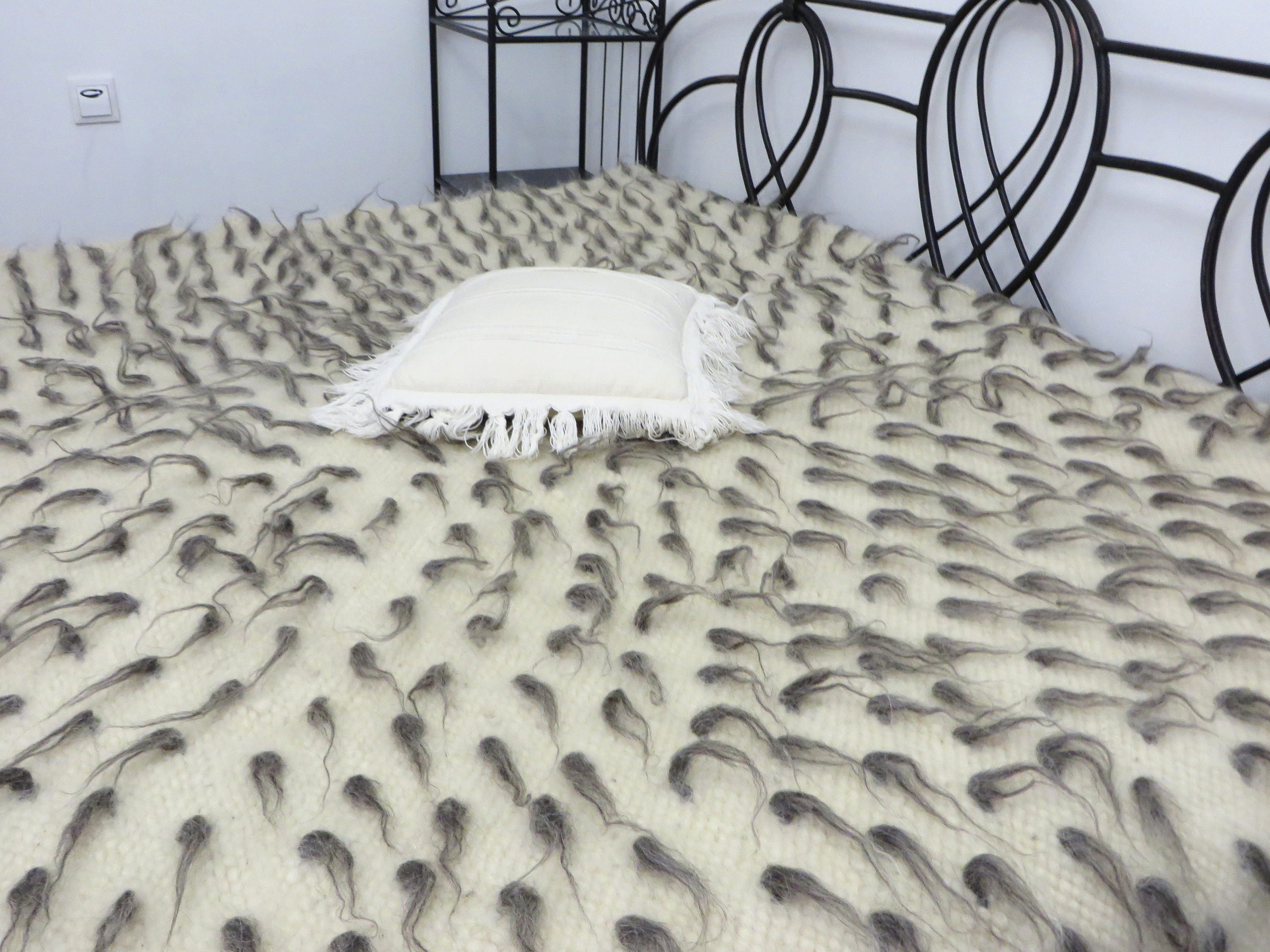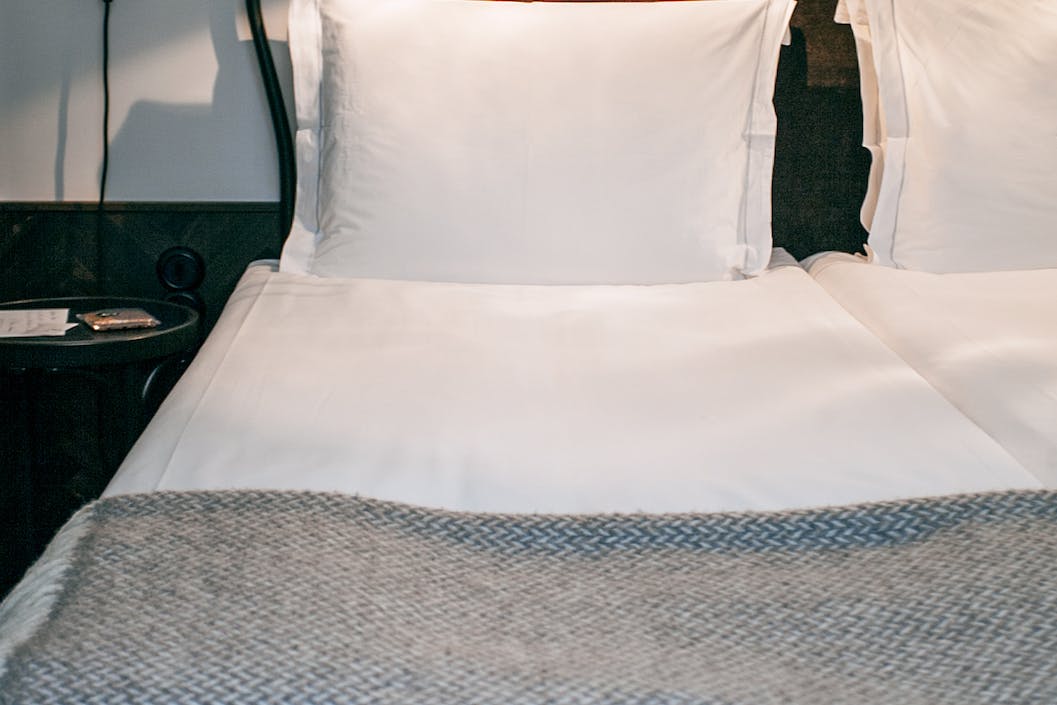The Ultimate Guide to Taking Care Of Your Home Textile Linens for Long Life and Style
Caring for home textile linens is vital not only for preserving their visual allure however additionally for guaranteeing their durability. As we check out these aspects, it comes to be obvious that a few enlightened options can lead to remarkable benefits-- discover the nuanced techniques that can change your strategy to home textiles.

Choosing the Right Fabrics
Picking the suitable textiles for home fabric linens is important to attaining both aesthetic charm and functional durability. The option of material significantly influences the general setting of a space while also determining the longevity of the bed linens. Usual textile choices consist of cotton, bed linen, and polyester, each offering distinct features.
Cotton is renowned for its softness, breathability, and ease of treatment, making it a preferred option for sheets and kitchen fabrics. Linen, stemmed from the flax plant, provides a rustic charm and extraordinary moisture-wicking homes, suitable for warm environments. However, it is susceptible to wrinkling, which can be a factor to consider for those seeking a refined appearance.
When picking fabrics, think about the intended use, environment, and personal style choices. Inevitably, a thoughtful option of fabrics not just raises the layout of your home textiles however likewise guarantees they remain useful and visually appealing for years to come.
Laundering and Drying Out Strategies
Appropriate washing and drying methods are crucial for keeping the high quality and longevity of home fabric linens. Constantly refer to the care labels on your linens, as they give certain directions tailored to the fabric type.
For cleaning maker usage, pick the fragile cycle to lessen agitation, which can deteriorate the material. Take into consideration putting them in a mesh laundry bag for additional security if you are cleaning especially fragile items. Prevent overcrowding the device, as this can stop complete cleansing and rise wear.
When it involves drying out, air drying out is more effective for a lot of fabrics, as it helps keep shape and shade. If using a clothes dryer, select a reduced warm setup and remove linens while they are somewhat wet to minimize wrinkles (bed spread). Constantly prevent direct sunlight for drying, as UV rays can trigger fading. By adhering to these cleaning and drying out strategies, your home textile bed linens will maintain their elegance and capability in time.

Spot Elimination Techniques
When it involves keeping the pristine look of home textile linens, efficient stain elimination approaches are vital. Spots can diminish the visual charm and durability of your bed linens; thus, ideal and prompt action is crucial.
First, identify the kind of tarnish, as various materials call for unique treatments. For organic discolorations like wine or fruit juice, blot the area gently with a tidy fabric to soak up excess fluid, after that use a mix of light detergent and water. For grease stains, sprinkle baking soda or corn starch on the location to take in the oil prior to laundering.
Constantly test any kind of discolor removal option on a low-profile location of the fabric to guarantee it does not cause discoloration. For protein-based stains, such as blood or sweat, chilly water is better, as warm water can establish the discolor.
For consistent discolorations, think about making use of a business stain remover, yet follow the producer's instructions meticulously. After treatment, launder the bed linens as per the care tag instructions and air dry when possible to prevent warm setup. By applying these approaches, you can maintain the charm and stability of your home textile bed linens for years to come.
Appropriate Storage Space Approaches
Efficient storage space techniques are important for preserving the top quality and longevity of home textile linens. Appropriate storage starts with guaranteeing that linens are clean and extensively dry before being placed in storage space. This prevents mold and mildew, which can take place in damp problems.
Usage breathable fabric storage bags or cotton sheets to cover bed linens, as these materials allow air blood circulation while protecting against dirt and parasites - linen curtains. Avoid utilizing plastic bags, as they can catch wetness and cause damage over time. Additionally, it is recommended to keep bed linens in a dark, great, and completely dry setting, as direct exposure to sunshine can create fading and compromise fibers
For optimal company, fold bed linens nicely and pile them according to size and use frequency. When required, this not only maximizes space but likewise makes it easier to access products. When saving bigger items, such as tablecloths or blankets, take into consideration rolling them as opposed to folding to decrease folds. Consist of lavender sachets or cedar blocks in storage locations to discourage insects and present get redirected here a pleasurable scent. Implementing these proper storage space methods will certainly make sure that your home textile linens continue to be in excellent condition for many years to find.
Enhancing Long Life With Care
Keeping the quality of home textile linens calls for a thoughtful strategy to care that expands their life-span and maintains their look. Normal cleaning is important; nonetheless, it is critical to adhere to certain standards customized to the material kind. Natural fibers like cotton and linen can frequently stand up to greater temperature levels during drying out and washing, while synthetic materials call for gentler dealing with to prevent damages.

Post-wash, it is suggested to air completely this page dry bed linens whenever feasible, as excessive warmth from dryers can compromise fibers. Use a low heat setting and remove bed linens while a little moist to reduce wrinkles. if device drying is necessary.
Frequently examining linens for indications of wear, such as fraying or discoloration, enables timely repairs, prolonging their usability. Finally, turning the usage of linens can distribute wear evenly, ensuring that no single piece births the brunt of everyday use. By applying these treatment strategies, you can boost the longevity of your home textile linens while maintaining their visual allure.
Conclusion
Finally, the mindful option of quality materials, adherence to proper cleaning and drying out techniques, reliable tarnish elimination techniques, and ideal storage space approaches significantly contribute to the durability and aesthetic charm of home fabric linens. Regular upkeep and examination for wear further improve their sturdiness and performance. By implementing these methods, individuals can ensure that home fabrics remain not only stunning but also resistant, satisfying both useful demands and style choices in time.
Caring for home textile linens is essential not just for maintaining their visual allure yet additionally for ensuring their longevity.Picking the suitable fabrics for home textile linens is important to attaining both aesthetic charm and useful durability.Correct washing and drying out methods are crucial for maintaining the high quality and long life of home fabric linens. By sticking to these cleaning and drying strategies, your home textile bed linens will certainly preserve their look at here now appeal and capability over time.
In final thought, the mindful selection of quality fabrics, adherence to correct cleaning and drying out strategies, efficient stain elimination techniques, and ideal storage techniques substantially contribute to the long life and visual charm of home textile linens.